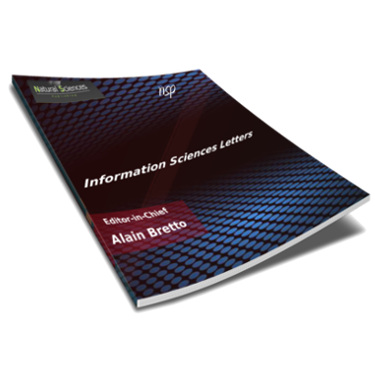
Information Sciences Letters
Abstract
In wireless sensor networks (WSNs), reducing sensor node energy consumption and increasing network lifetime are becoming more and more challenging due to large scale in Internet of Things (IoT). Hierarchical protocols, especially Low Energy Adaptive Clustering Hierarchy (LEACH), are considered as the best energy-efficient for WSNs. However, LEACH need to be enhanced to support scalability in large WSNs. In this paper, we advise gateway based energy-efficient routing protocol (M-GEAR) for Wireless Sensor Networks (WSNs). the sensor nodes are divided into four logical regions on the basis of their location in the sensing field. Base Station (BS) be out of the sensing area and a gateway node at the center of the sensing area. We put that if the distance of a sensor node from BS or gateway is less than predefined distance threshold, then the node uses direct communication. nodes are divided into two equal regions whose distance is beyond the threshold distance. cluster heads (CHs) have been selected in each region which are independent of the other region. These CHs are selected on the basis of a probability. The performance of the protocols with gateway based energy-efficient routing protocol (M-GEAR), Multihop-LEACH and LEACH are compared. Performance analysis and compared statistic results show that the M-GEAR is bitter in large network for lifetime and energy. But the MultiHop-LEACH protocol performs well in terms of energy consumption and network lifetime in small network.
Recommended Citation
H. El-Sayed, Hamdy and Al Bayatti, Hilal
(2021)
"Comparisons of Some Multi-Hop Routing Protocols in Wireless Sensor Networks,"
Information Sciences Letters: Vol. 10
:
Iss.
3
, PP -.
Available at:
https://digitalcommons.aaru.edu.jo/isl/vol10/iss3/14

